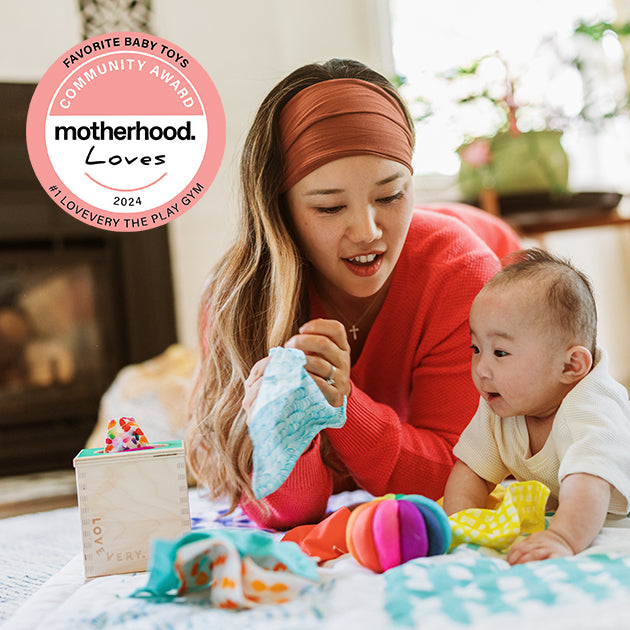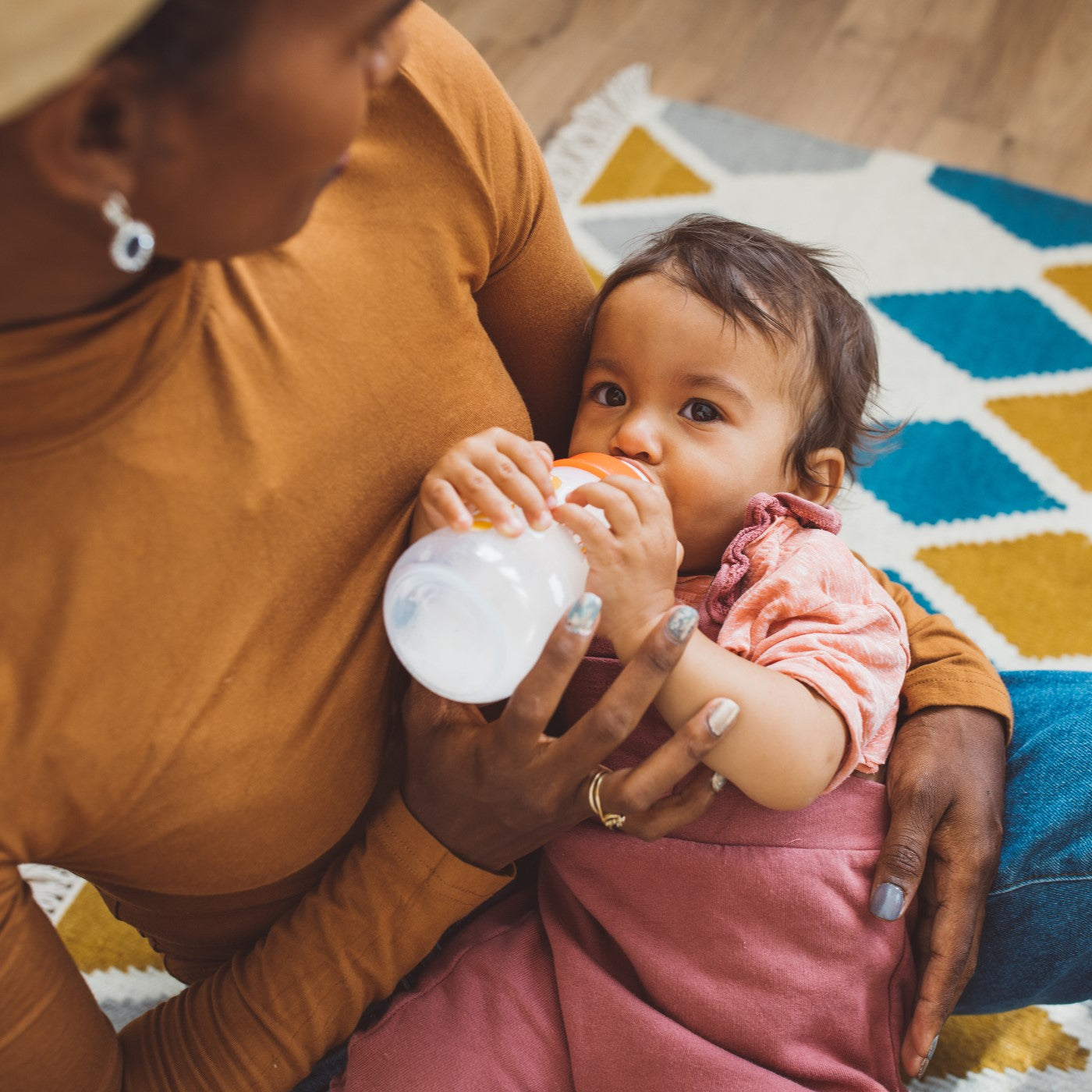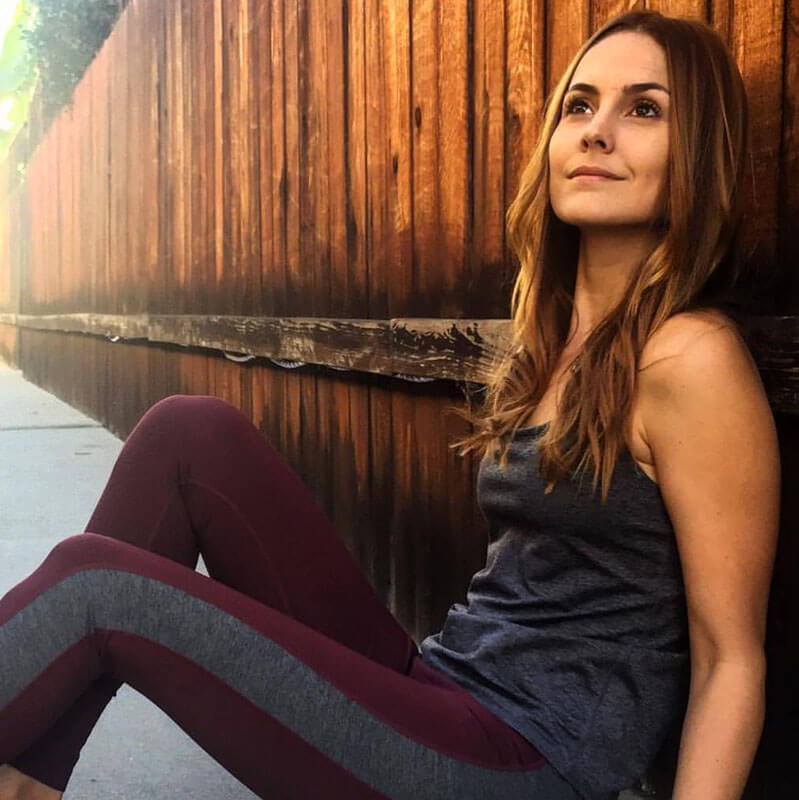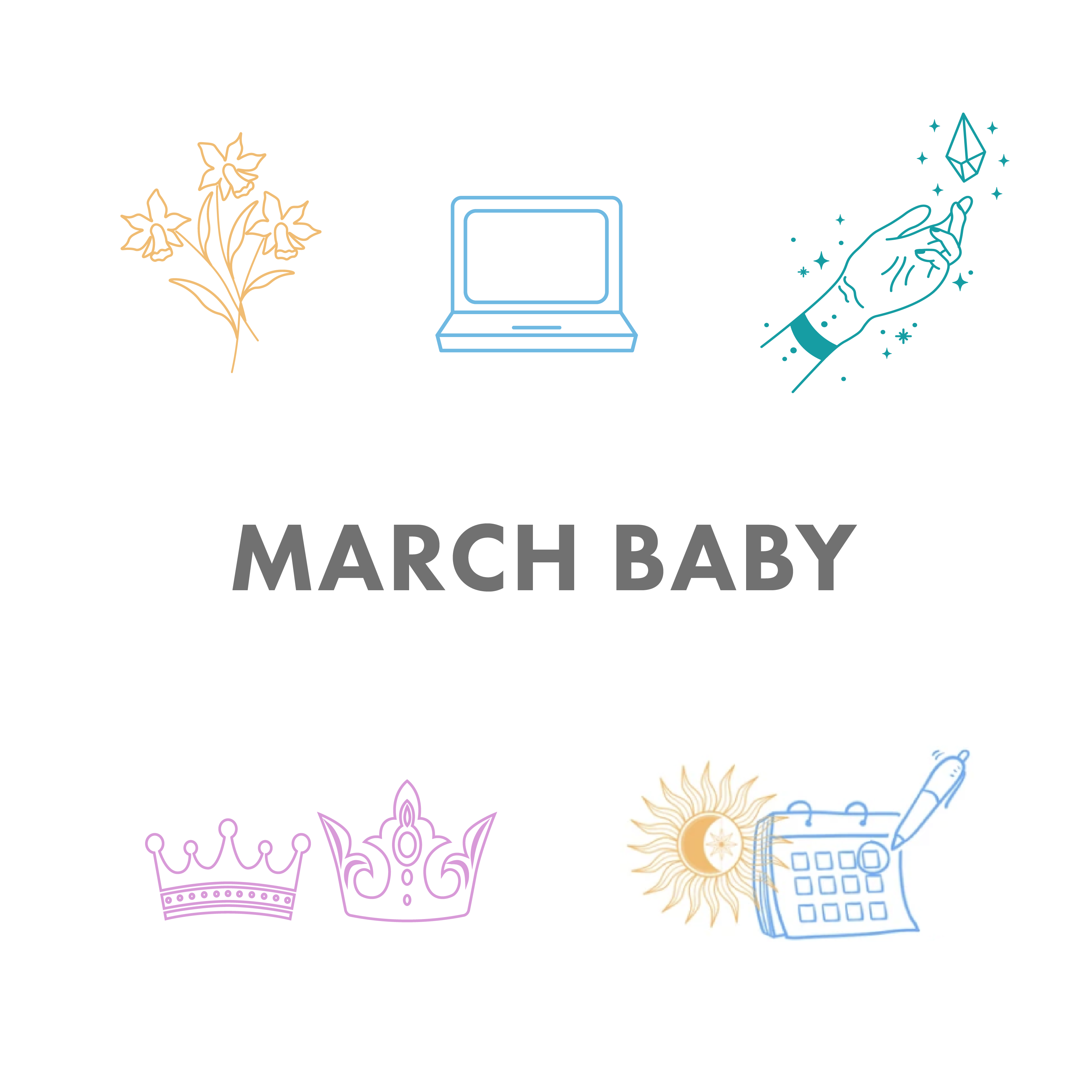
What to Do if You’re New to Meditation
First, I need to point out that saying ‘meditation’ is almost like saying the word sport – there isn't just one kind of sport, and there isn't just one kind of meditation. There are many different avenues for practice, and different types of practice are going to be appropriate for different types of people at different times in life.
We can experience and practice different forms of meditation to build ourselves a toolbox, so that when we need a specific type of meditation to meet a specific moment or stage in life, we can pull that tool out.

Find An Anchor
Most people tend to begin practice with what's considered insight meditation, and that begins at the level of the body and at the level of the breath. With all of these practices, we have what's called an anchor. The anchor is our point of focus. It's the thing that we keep bringing our attention back to when the mind wanders.
Your anchor might be awareness of the body, or awareness of the breath. You can observe the rise and the fall of the breath in the body. Some people may find that paying close attention to breath invites anxiety rather than centers them, and that’s okay – turn your focus back to your body as whole, or even to a specific part of your body. You might pay attention to the sensation in your hands. You might feel the weight of your legs where your sitting bones are connected to the Earth. These are all ways of grounding us into the present moment. It’s a beautiful and foundational practice.

Expand Your Practice
Over time, you might start to enter some of the heart centered practices, like gratitude. A gratitude practice in your life might look like a practice of self-compassion, of cultivating inner friendliness, developing a new relationship to an unfriendly inner dialog and starting to shift that a little bit. Or it might be a practice of what we call loving kindness. Loving kindness is where we send our love or phrases of kindness and support to a loved one, a person we feel neutrally about, and even the people that challenge us . It doesn't mean that you suddenly love this person who challenges you, but you start to wish them well. You start to have a sentiment of love and compassion for yourself, and ultimately for all beings everywhere.
 Try Visualization
Try Visualization
Visualization is especially useful if we have a big event coming up in our lives – like delivery of a baby. We might start to visualize how we would like to see that event unfold. It doesn't mean it's going to unfold exactly in that way, but we can start to do some dress rehearsals in our mind. And this is a type of practice that we see people from all walks of life use. CEOs use visualization meditation; NFL athletes visualize catching and receiving that ball and making the touchdown. We too can have a visualization for ourselves, especially as we get ready to maybe enter a big transition or a big event in our lives.
Mindfulness and Meditation: Are they the same, or different?
Mediation and mindfulness are not two different practices, but rather they are interchangeable phrases for something that is one in the same. We can have a mindfulness practice; we can have a mindfulness meditation practice. And whatever background we come from in the world and in our lives, we bring that background to our meditation or our mindfulness practice. Whether you come from a religious background or have a cultural relationship to meditation, this shines through.
Everybody can practice mindfulness. Mindfulness just means seeing things as they really are. Mindfulness means being in this moment that we're in because this is when our life is happening. And where do most of us spend the majority of our lives? We spend it in the future, or we spend it in the past. Most of us are not actually right here right now. Learning how to become aware of when the mind takes us somewhere other than this moment is the embodied living practice of mindfulness.
We learn to recognize when we are straying from the present, and we learn how to bring ourselves back. Now, that doesn't always mean that we like the moment that we're in. But we learn how to stay with this moment, no matter what this moment is, because this is your life. Life ultimately is not made up of tons of exciting events. The birth of a child, a wedding, a milestone birthday. These are things that happen every now and then in life.
Life is mostly made up of mundane experiences – washing the dishes, taking the kids to school, doing the laundry. And as mundane as those instances are, they're what make life beautiful. Mindfulness is us practicing being right here, right now with ourselves, with our loved ones in this moment, exactly as it is free of any expectation. And in that practice, we get to end the night knowing that we were there for ourselves and, hopefully, for our children.

More From Lauren Eckstrom
Click here to learn more about her personal journey with yoga and meditation.
Click here to discover what kinds of meditation might be best for you and beginner tips.
Click here to learn how to start a journey towards mindfulness during pregnancy and and read meditation advice for expecting mothers.
Click here to learn how your meditation practice may change once you become a mom.
Click here if you want to find out how meditation changes you, your body, and even your emotional regulation. The impact of mindfulness extends far beyond a deep breath!






